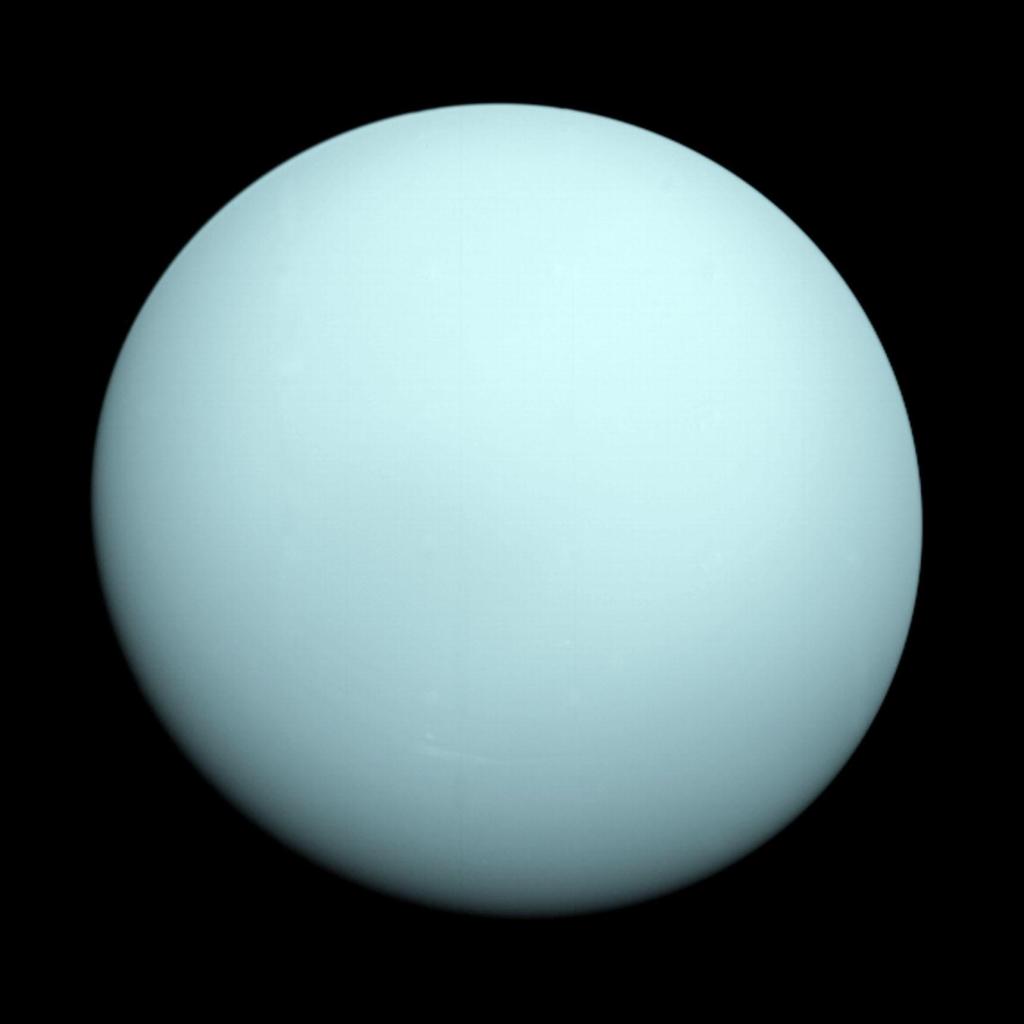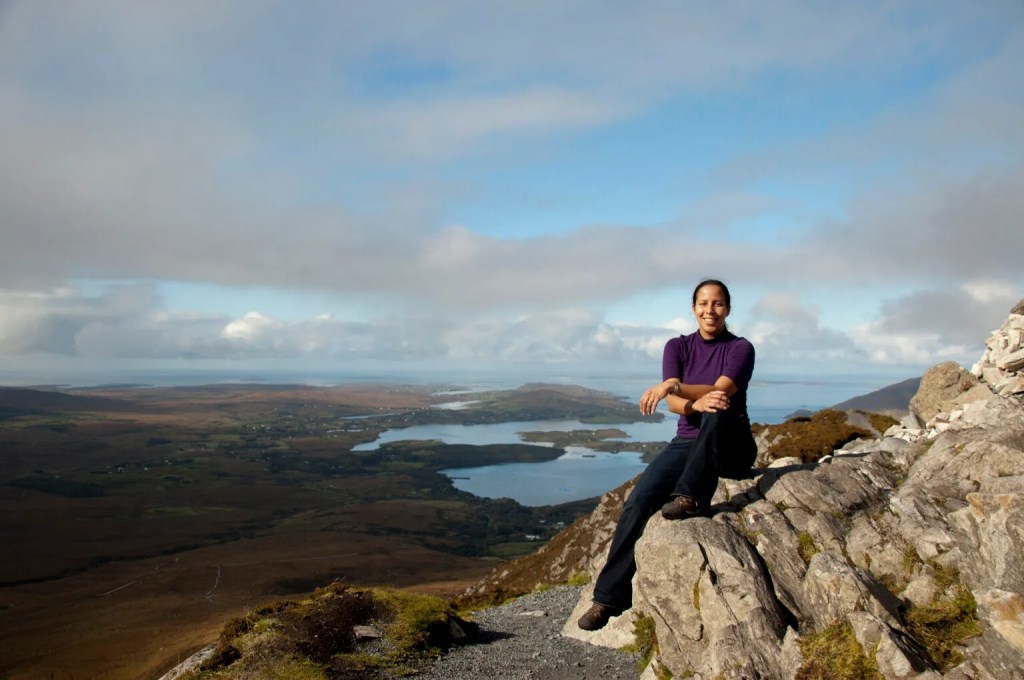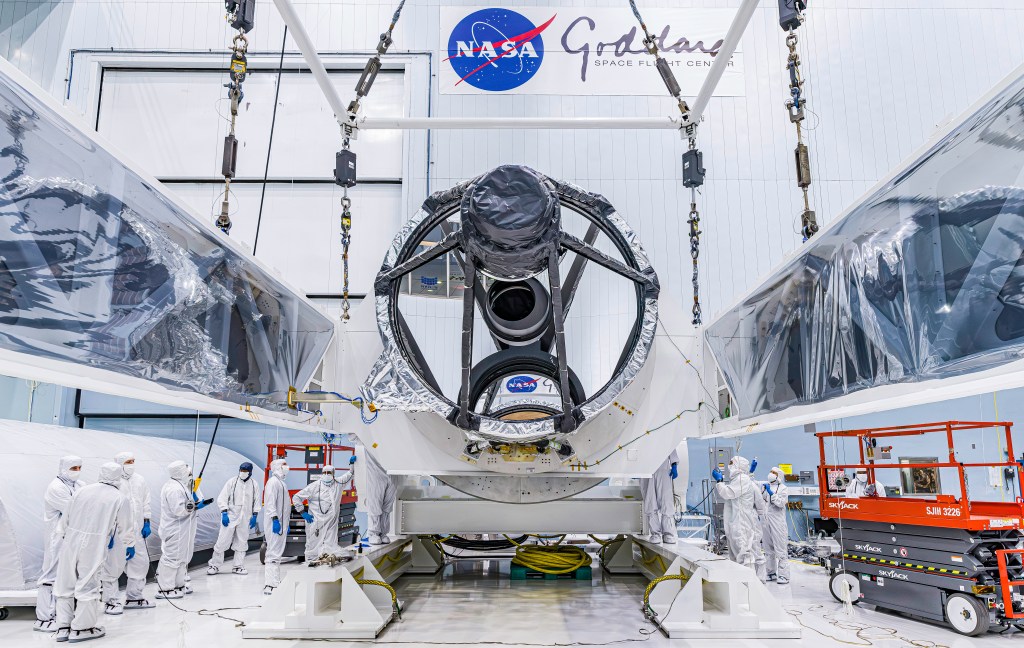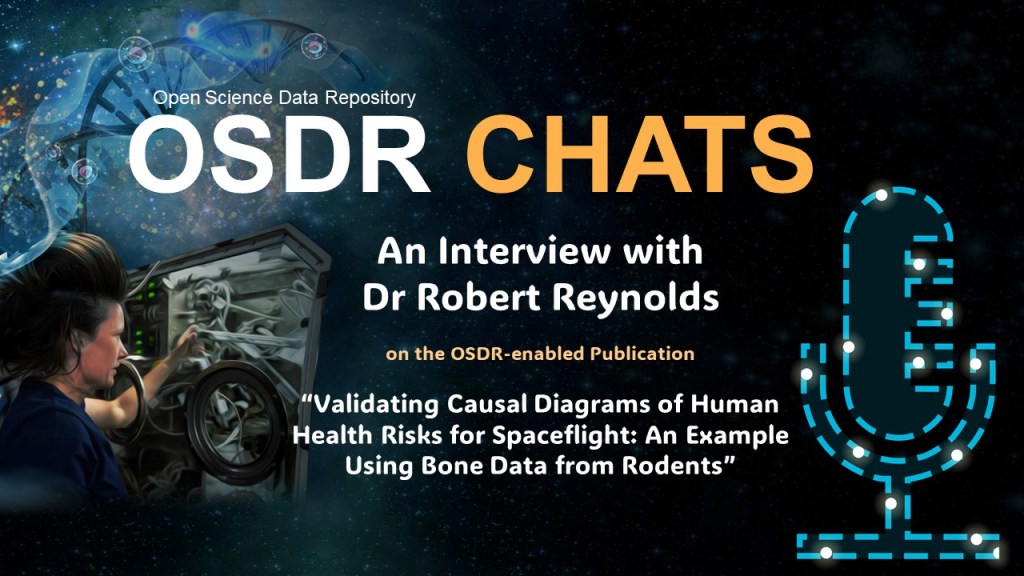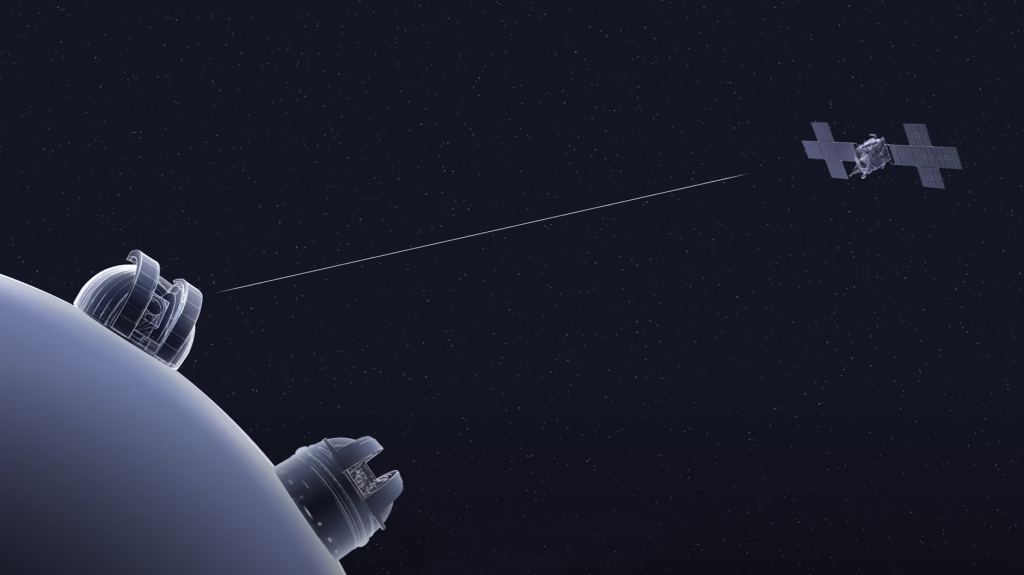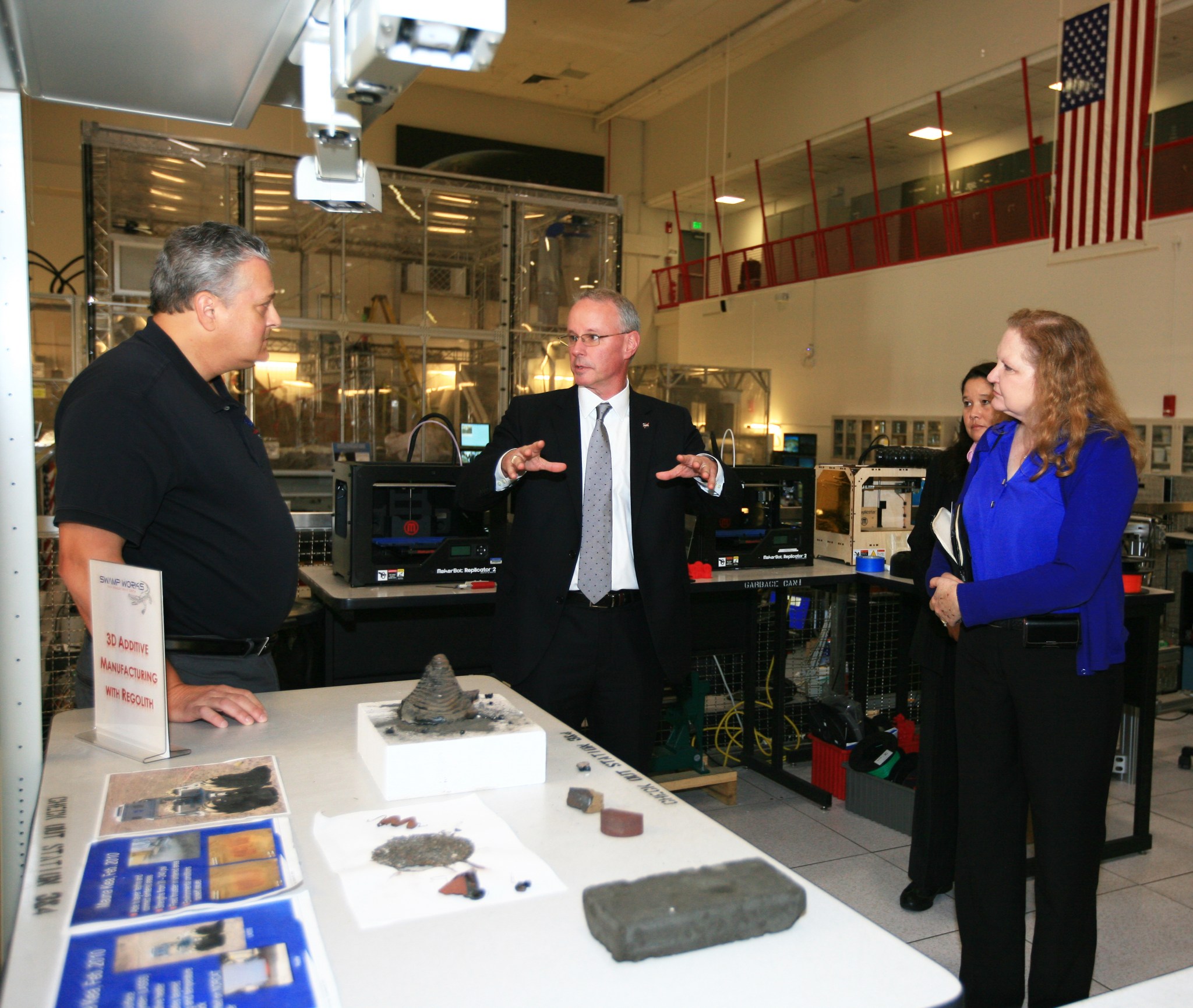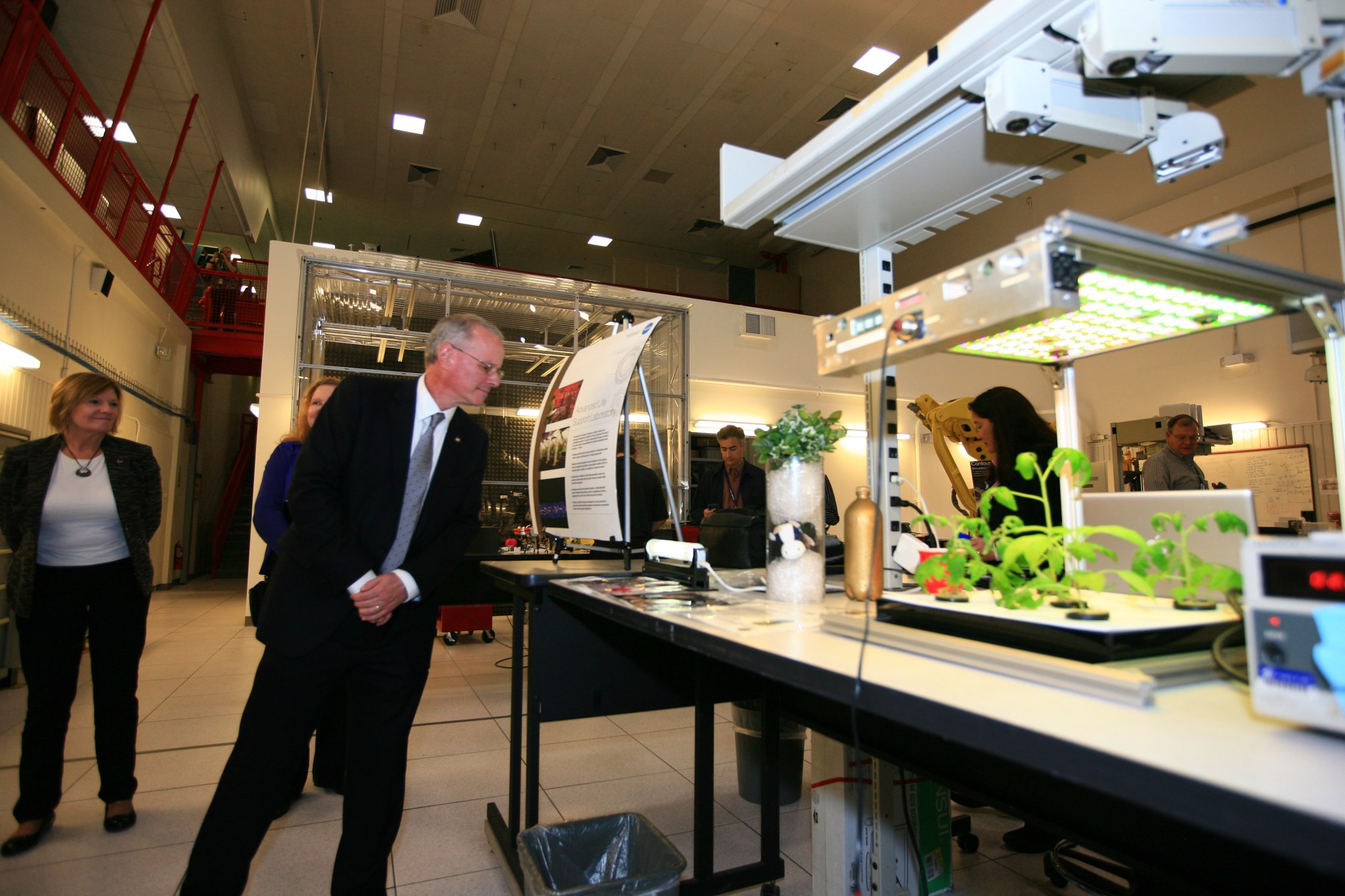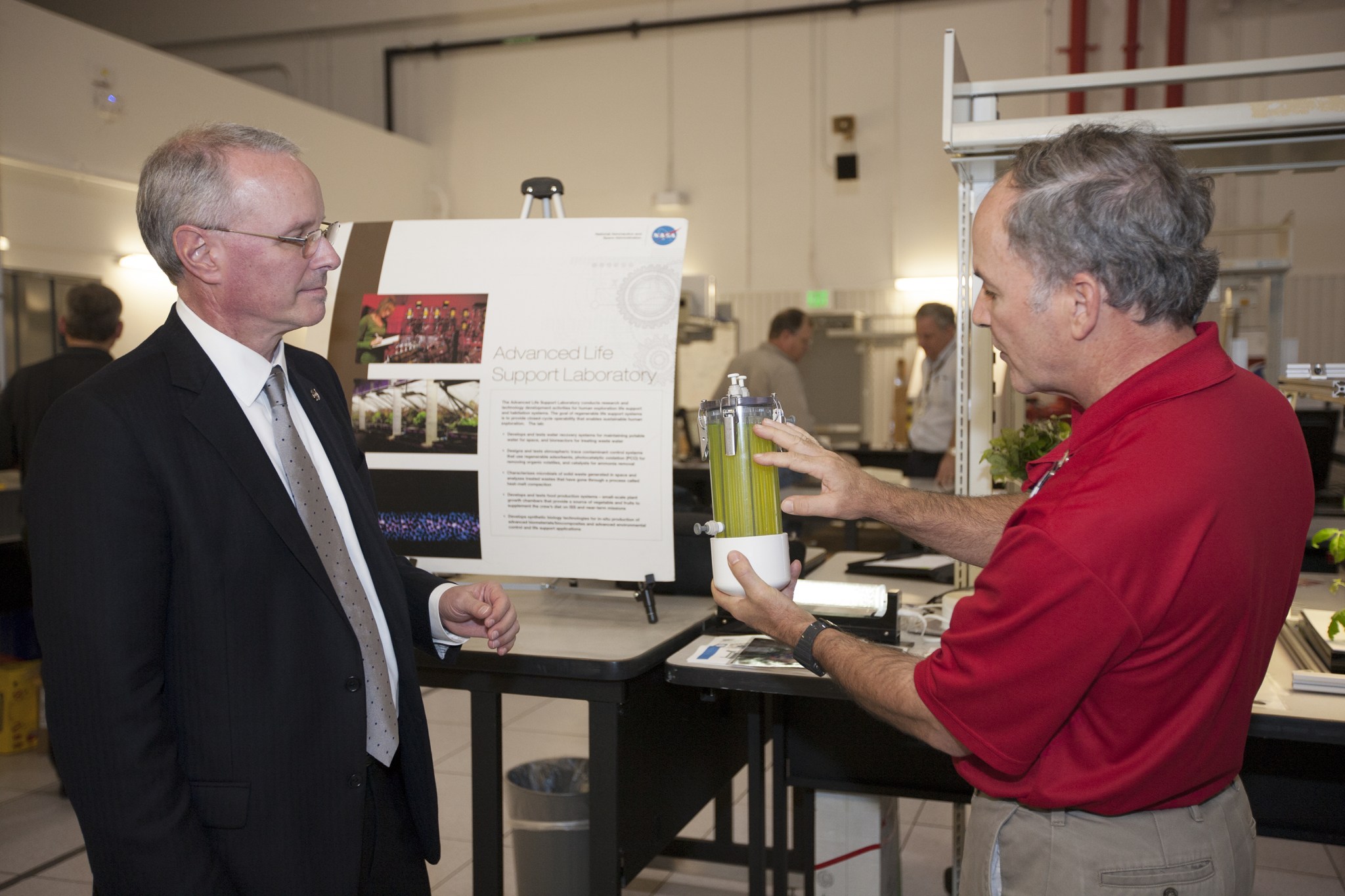NASA Chief Technologist David Miller visited some of the laboratories and talked to engineers and researchers about the innovative technology projects currently in progress at NASA’s Kennedy Space Center in Florida on Jan. 6. It was Miller’s first official visit to Kennedy since his appointment by NASA Administrator Charlie Bolden.
“We always think of Kennedy as the launch infrastructure,” Miller said. “But, seeing the wealth of research that’s happening here to support so many elements of NASA’s mission, it’s not just about the start of the journey, it’s about every aspect of the journey.”
Miller visited the Cryogenic Test Laboratory, Swamp Works, and the Polymer Material Sciences Laboratory in the Neil Armstrong Operations and Checkout Building on Jan. 6. The labs visited are in the center’s Engineering and Technology Directorate.
In the Swamp Works Facility, Dr. Carlos Calle, lead of the Electrostatics and Surface Physics Lab, demonstrated an electric field wave that can move simulated moon dust away from a surface.
Dr. Michael Hogue, a physicist in the same lab, demonstrated a regolith-derived heat shield for a planetary body entry and descent system. Working in partnership with Ames Research Center in Moffett Field, California, the technology was tested in the Arc Jet Facility in 2012 using baseline space shuttle re-entry conditions.
Dr. Ray Wheeler, NASA plant physiologist and lead for the Advanced Life Support Lab, demonstrated a wastewater treatment cylinder and a biofuel concept. Dr. Gioia Massa, NASA plant physiologist, used a prototype of the Veggie plant growth system developed by ORBITEC in Madison, Wisconsin, to demonstrate how plant pillows and LED lights were used to grow red romaine lettuce on the International Space Station. Massa said the Veggie system could be adapted to grow other fresh foods for astronaut consumption.
Using LED lighting to securely transmit data is a technology development project that Dr. Eirik Holbert, lead in Advanced Lighting Technologies, is working on with LVX Systems in St. Cloud, Minnesota, and Bigelow Aerospace in North Las Vegas, Nevada.
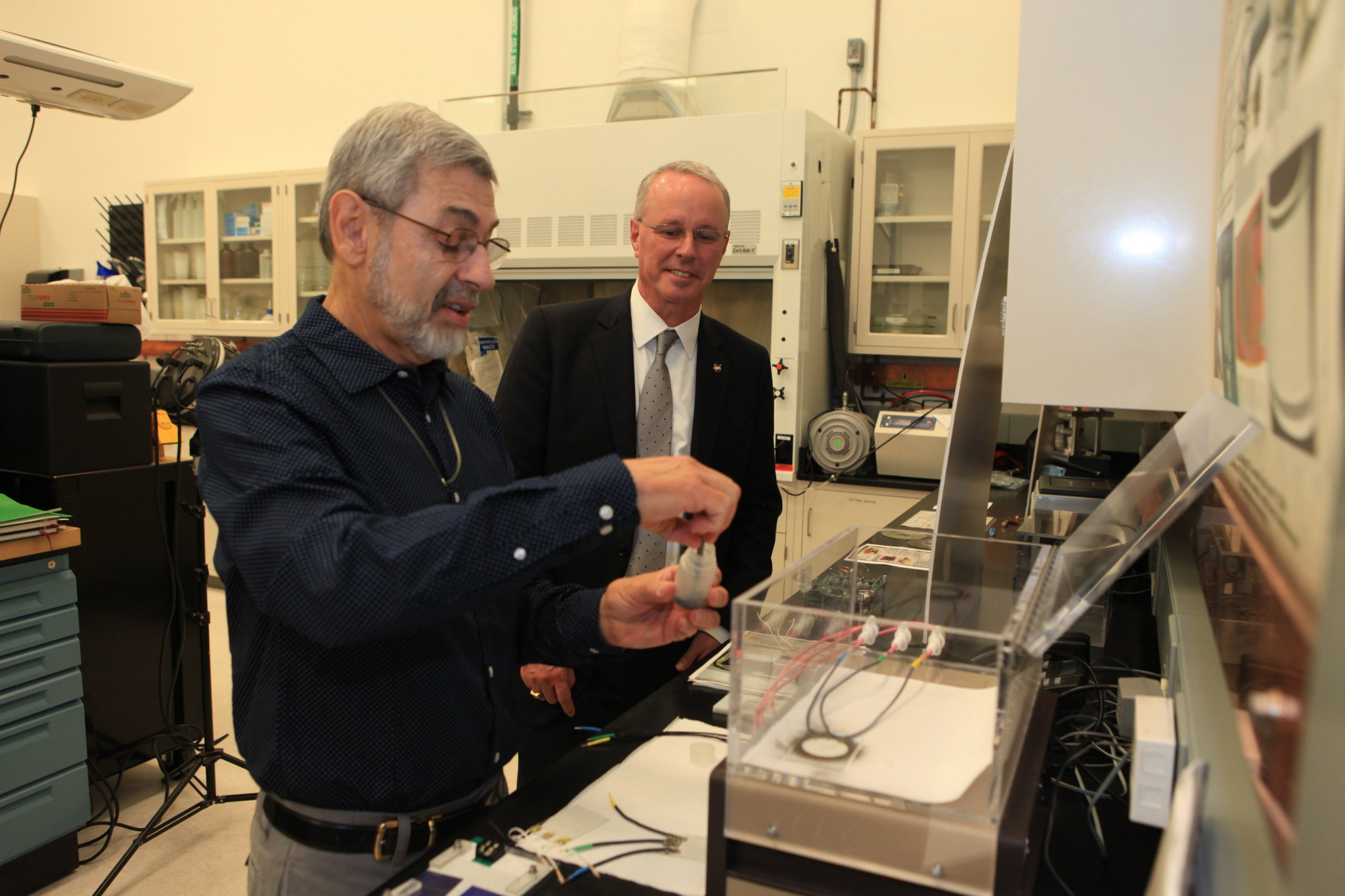
Also on display was a prototype version of the Regolith Advanced Surface Systems Operation Robot (RASSOR) that has been tested in the large regolith bin inside the lab, and at the rocky, uneven terrain of the autonomous landing and hazard avoidance technology (ALHAT) field at the north end of the Shuttle Landing Facility.
A.J. Nick, a mechanical engineer with an engineering services contractor explained that RASSOR version 2.0, is in production and will have reduced mass and triple the capacity for digging and collecting regolith.
“Throughout the tour, Dr. Miller saw that almost all of Kennedy’s research and technology work is performed in collaboration with other NASA centers, other government agencies, industry and academia,” said Karen Thompson, Kennedy’s chief technologist.
Thompson said it is important for NASA’s chief technologist to be familiar with the work at all of the agency’s centers in order to ensure that technologies critical to NASA’s future missions are being developed.
“Kennedy works with the Office of the Chief Technologist and NASA mission directorates to identify and prioritize key technology areas that are essential to the center’s success in its lines of business and its ability to meet the needs of future exploration and science missions,” Thompson said.
One of Miller’s goals is to help grow the dialogue and collaboration that exists between technology, engineering and science. Reaching the external community also is important.
“I also would like to help establish or further strengthen relationships with the external technology and development community, engaging technologists outside of NASA, because they do technology that is very relevant to NASA’s mission,” Miller said.
As chief technologist, Miller said his role is to take an up-and-out view of technology, to look across and see all of the technology investments and how they relate to investments being made in other government agencies, national labs, academia, industry and international partners.
“Miller’s visit was important because it demonstrates that NASA recognizes Kennedy as being a key provider of technologies to meet mission needs,” said Jack Fox, chief of the Surface Systems Office in the Engineering and Technology Directorate.


